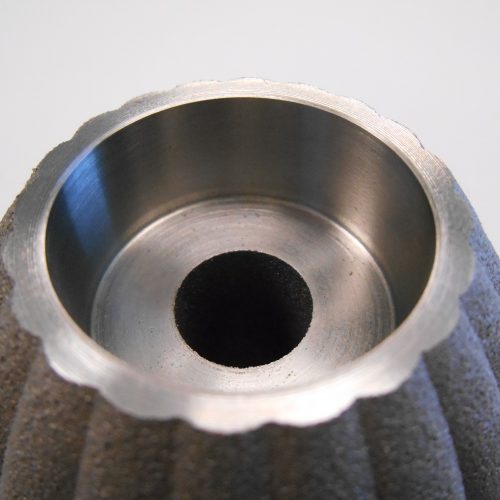The History Behind Additive Manufacturing
Additive manufacturing (AM) offers manufacturers the ability and freedom to design and create an incredibly diverse range of single and multiple components using a variety of materials. Called an additive process because it adds material to create parts rather than subtracting it using processes like CNC milling. It is also known as 3D printing and additive fabrication. The Early Days During the mid-1980s, plastic additive layering processes were developed as a way to increase the speed at which new designs could be taken from CAD to finished products. These early processes were called rapid prototyping because the original intent was to use this process to create three-dimensional prototypes that allowed the manufacturer to test a new product for fit, form, and function. 3D Systems began to find ways to commercialize a new plastic processing technique called Stereolithography (SL). This “new” processes opened up a new world of possibilities for designers and engineers. It used a laser to fuse together extra-thin layers of a special UV light-sensitive liquid polymer in what would become the first recognized form of additive manufacturing. By the early 1990s, many other polymer-based rapid prototyping or AM technologies started to see daylight in the industrial world. These included systems from many companies such as DTM, Helisys and Stratasys. During this period, plastic rapid prototyping expanded quickly. It was also during this time the metal-based additive manufacturing was introduced with a small handful of companies developing their own DMLS (Direct Metal Laser Sintering) systems. These systems made it possible to manufacture parts additively instead of using what was known as direct multi-stage processes. The Mid-90s and New Developments By 1994 a company by the name of EOS introduced their EOSINT M160 a machine that used DMLS technology. One year later the EOSINT M250 made rapid metal tool production possible. Both of these systems manufactured parts by “sintering” or fusing metal powders together in fine layers. The resulting materials were far more similar to composite alloys than metal alloys because they used a combination of materials with high resistance and those considered to be low melting (think bronze-based) and stainless or tool steel. During the mid to late 90s, a slew of companies started developing their own rapid prototyping or AM machinery, each of which was a variation on the basic principles discovered in the 1980s. In 1999, ExtrudeHone developed the ProMetal Rapid Tooling System RTS-300. This system involved printing a binder on a powder bed, which bound the metal particles to produce what is referred to as “green parts” that had to be debound, sintered, and infiltrated in order to produce what is referred to as a “completely dense” material. Today The additive manufacturing process continues to be developed making it possible to produce parts using the required materials in a single-step process. This process allows for the production of 100 percent dense designs that are fully functional.

